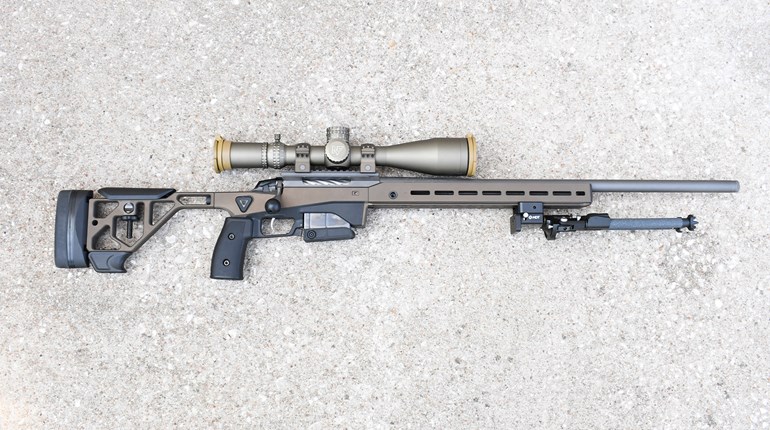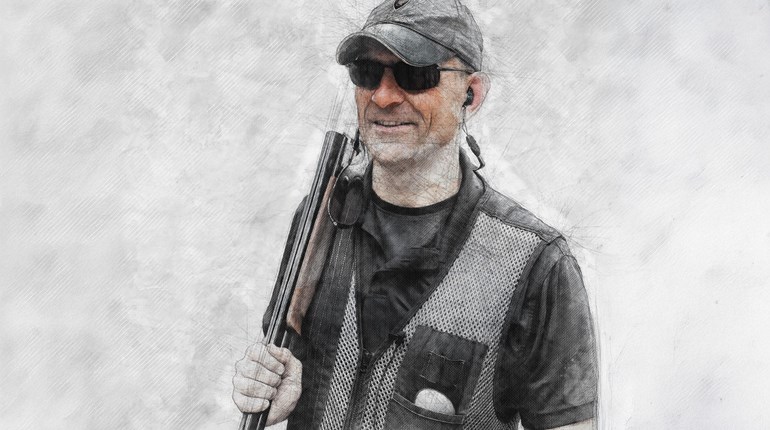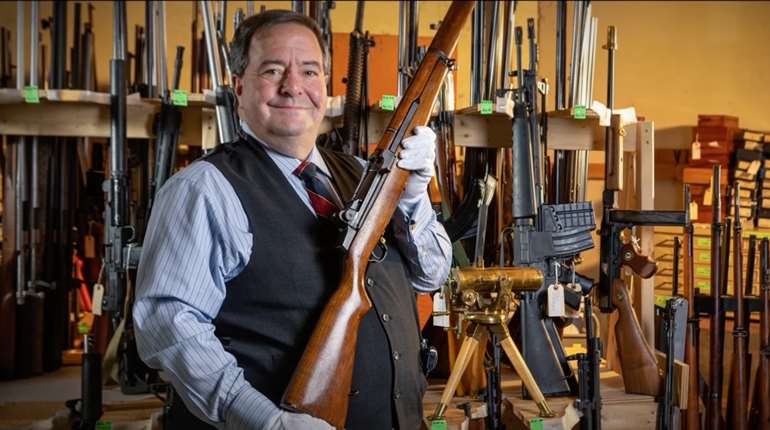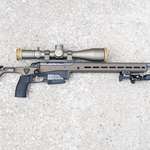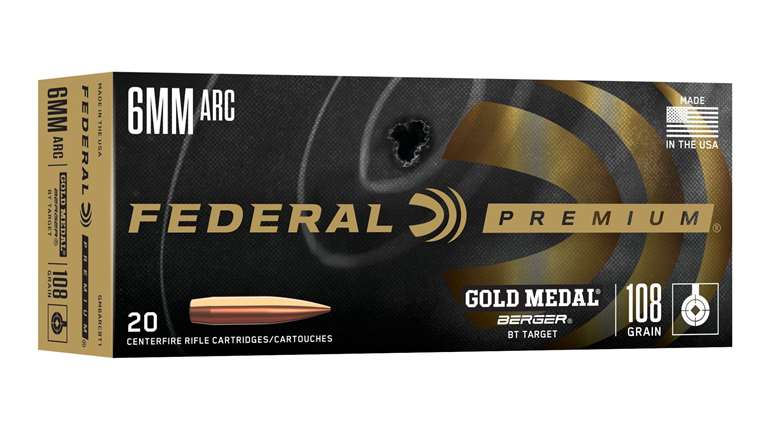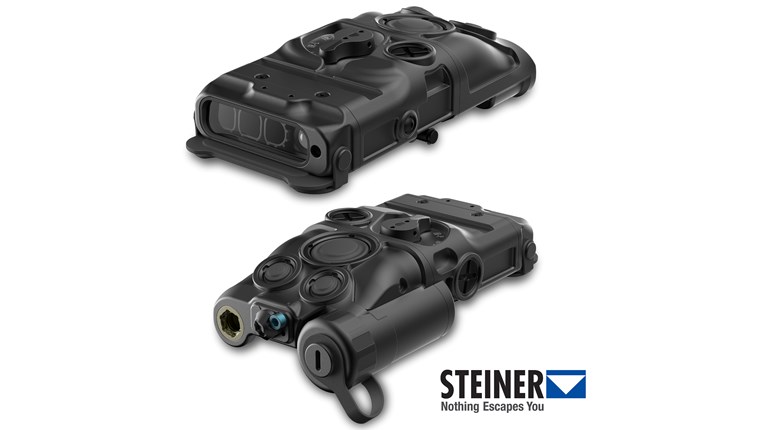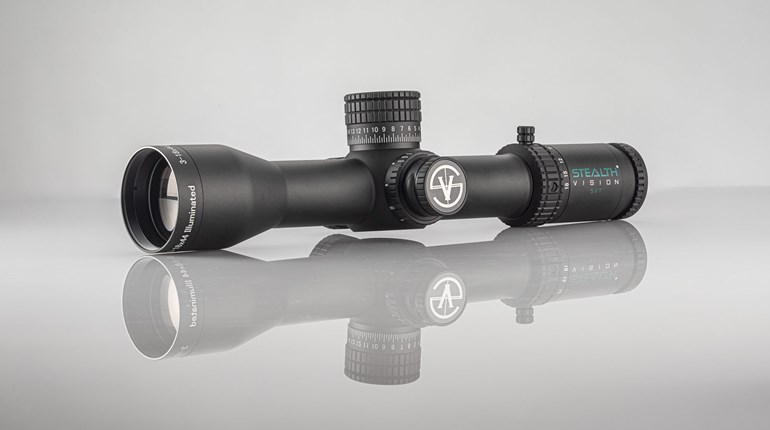
In IPSC/USPSA Open Division practical shooting, 9 Major is growing in popularity. Open Division is where you find race guns with ports, compensators and electronic sights. The ports and compensators direct gas pressure upward to reduce muzzle rise. This helps the shooter get the gun back on target quickly for faster follow-up shots.
There are two popular calibers in this division, .38 Super (including .38 Super Comp) and 9 Major (9mm Luger cases). There are two reasons why 9 Major is popular.
For handloaders, used 9mm brass can be plentiful and free at many gun ranges—all you have to do is pick up what people discard. And once fired 9mm brass is also plentiful and inexpensive when purchased from vendors. The same cannot be said for .38 Super cases. They are rarely found left on the ground at shooting ranges and rarely sold as a used component. Most .38 Super shooters have to buy new cases, which increases the cost of shooting.
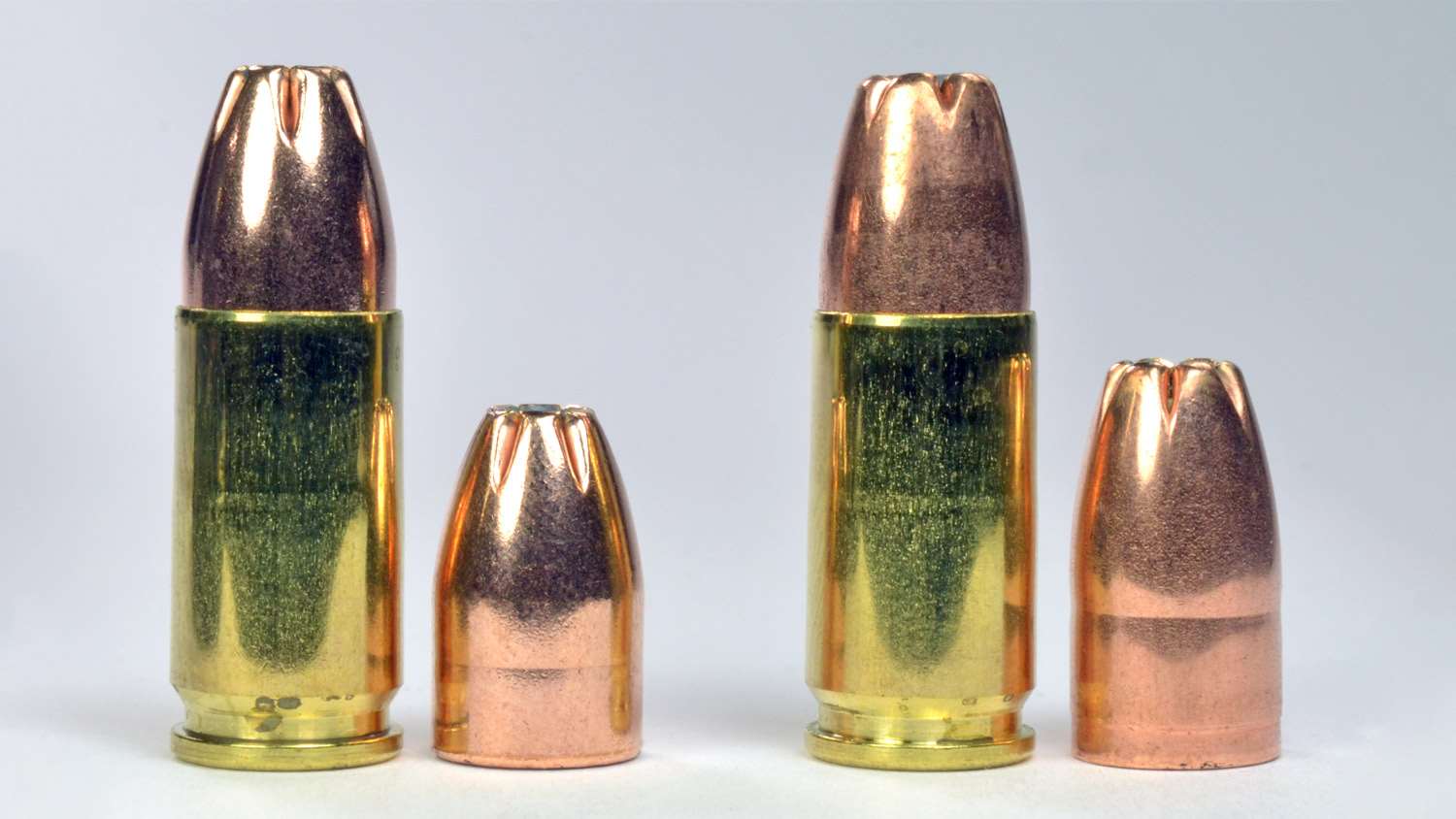
The other advantage of 9 Major is its use in guns built around the length of the 9mm Luger cartridge, like CZs, Glocks and so on. The .38 Super round is longer and requires a frame size built for it, the same frame size as a .45 Auto.
Not every shooter reloads, so they buy 9 Major ammo. Several manufacturers offer a 9 Major loading, and I tested those offered by Everglades Ammunition. They have two 9 Major loads, a 124-grain bullet and a 147-grain bullet. I measured overall length, and pulled two bullets from each load and measured the bullets and powder charge.
The 124-grain bullets weighed 124.3 and 124.5 grains. The powder weighed 6.4 and 6.5 grains. That’s a little on the light side for powders that are often used for 124-grain bullets in 9 Major. Less powder weight means less gas and pressure for the compensator. But some competitors use powders in that weight range and like it (my data with Winchester AutoComp uses a similar charge weight). Overall length was very consistent. Of five rounds measured, they were either 1.146" or 1.147".
Both 147-grain bullets weighed 146.6 grains. These rounds contained 5.3 and 5.35 grains of powder. Their overall length was also very consistent. Of five rounds measured, they ranged from 1.1455" to 1.1465", just 0.001" difference. At these overall lengths, both the 124- and 147-grain loads should fit in any 9mm length magazine.
Both loads were fired from a Para Ordnance wide-body pistol with a Caspian slide and a 5" Kart barrel for velocity and accuracy. The 124-grain round averaged 1405 fps from the 5" barrel for a 174 power factor. The slowest bullet of 30 rounds chronographed was 1378 fps for a 170 power factor, so there was a good margin of safety for a 165 power factor minimum. The 147-grain load averaged 1184 fps for a 174 power factor, too. The slowest bullet in this bunch was 1167 fps for a 171 power factor.

The average 10-shot group size for the 124-grain bullet was 2.01". The 30-round aggregate group with this load had a maximum spread of 2.53". The 147-grain load produced somewhat smaller groups. The average 10-shot group was 1.76" and the 30-shot aggregate group was just 2.09".
All the ammunition showed pressure signs in my Kart barrel by way of flattened primers and primer flow, and the firing pin indent entirely ironed out. I experienced three pierced primers with the 124-grain ammunition (lot # 0619-A). I had two misfires with these bullets caused by primer metal plugging the firing pin hole in the slide, which had to be removed to return the gun to firing order. The ammo fed and ejected reliably.
My barrel has been reamed with a Manson standard 9mm chamber reamer. Some folks extend the throat in the 9mm chambers in their gun for shooting 9 Major to help reduce pressure and use an extended firing pin to reduce primer flow. These changes might reduce or eliminate the primer flow issues.
The 147-grain bullet is not as frequently used for 9 Major as the lighter 115- and 124/125-grain bullets, but some shooters use it. Each shooter has preferences for which ammunition feels best to them, so experimenting with different bullet weights and loads is part of the process of finding which ammo they prefer.
Everglades 9 Major ammunition was accurate and makes major power factor with some room to spare (in my 5" barrel). Buyers should try a sample to make sure that their gun does not have pressure function problems before buying in bulk. Price is $15.50 for 124-grain bullets and $18 for 147-grain bullets per 50 rounds. Visit the Everglades website to purchase.
Read more articles by Brad Miller:
- Review: Norma 9mm Competition Ammunition
- Accuracy Testing: Shortcomings Of The Five-Shot Group
- Review: Eley .38 Super Comp Ammunition
- Rimless .38 Super Brass: Everything You Need To Know
- How To Power Clean Revolver Chambers
- 38 Different 9mm Loads
- Review: Smith & Wesson 5-inch M&P M2.0 9mm
- Kaboom: The Consequences Of A Blown-Out Case
- Firing Out Of Battery?
- Heavy 9mm Luger Bullets: Everything You Need To Know
- Review: Federal Syntech Action Pistol Ammunition
- How To Use 9 Major In A Short Barrel













